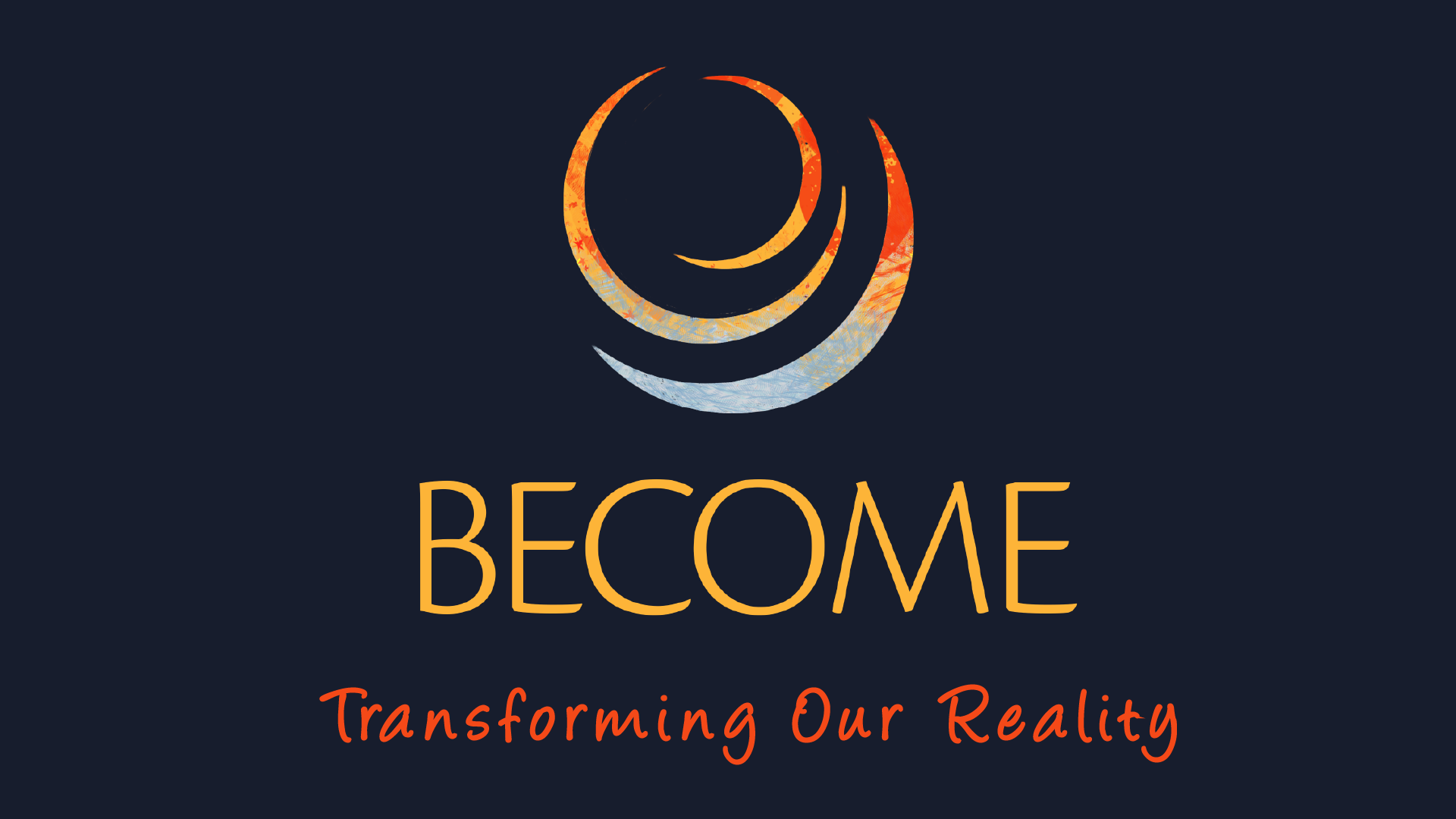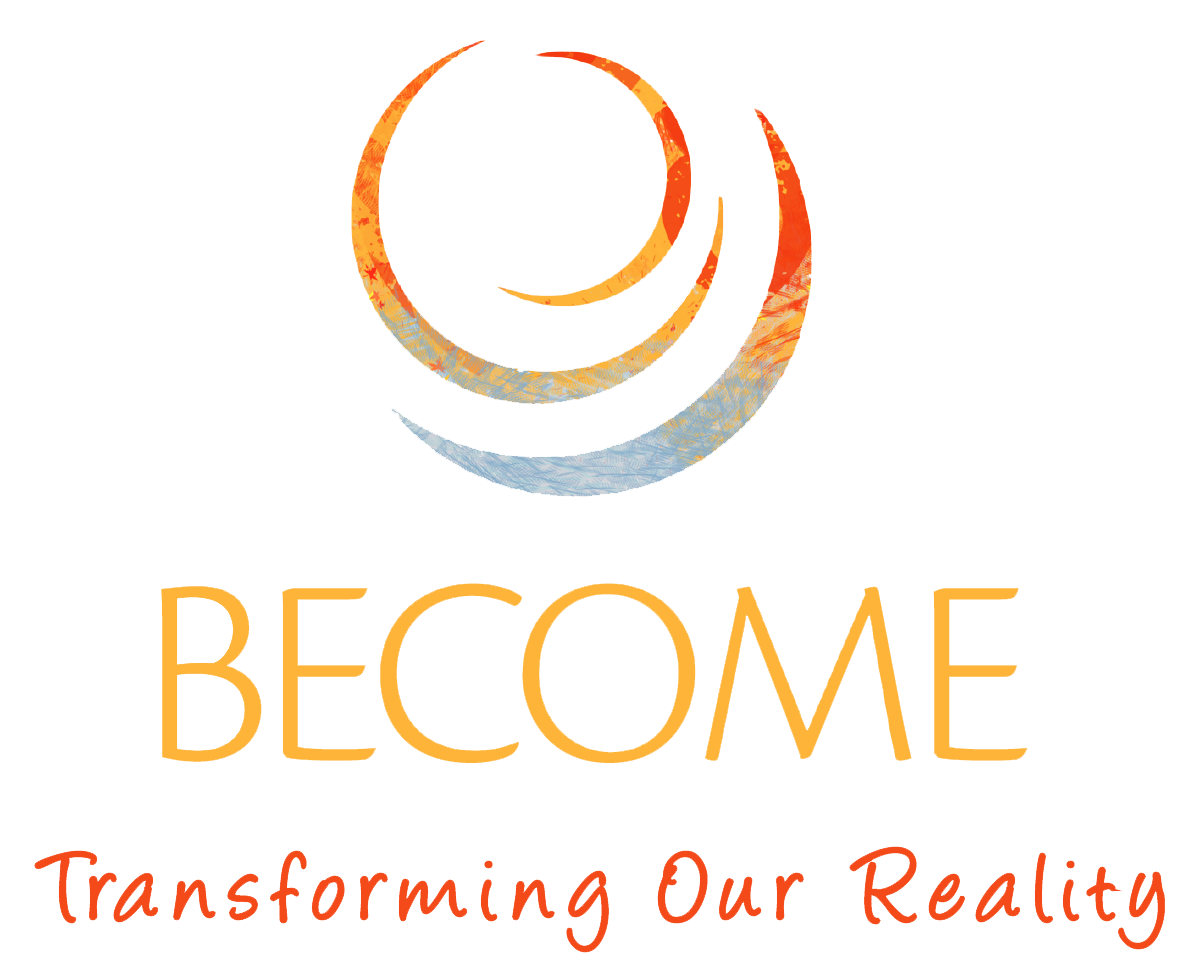
As professional evaluators whose work is based in community psychology, we believe understanding a community’s needs starts with listening to voices of those who live in that community. Our Maximizing Impact initiative is built on that belief.
One example of our work that illustrates how we incorporate the voices of community residents when we analyze community issues is an evaluation for Fathers Families & Healthy Communities, FFHC.
In our work with FFHC, we found men from Chicago’s Englewood community turned conventional ideas of the neighborhood’s problems and solutions on their head, once they had time and space to reflect.
FFHC is a non-profit that provides peer support, coaching for young fathers and other programs focused on Black men and boys on Chicago’s South Side. From fall of 2015 to August 2019 BECOME, Stanhope Consulting and FFHC partnered to convene groups of men through nearly 100 different small group convenings.
As the full report We Can Be What We’re Waiting For on the engagement documents, methodology for this work was multifaceted, designed to create spaces that allowed for the most vulnerable participants to trust, disclose painful stories, and express their dreams and resilience.
Presentations from human-service, philanthropic and other institutional representatives during the early stages of convenings further informed participants’ understanding.
The participants in the convenings used their shared experiences and what they learned from institutional representatives to develop a new analysis of the problems their community faced and how to solve them.
They ranked challenges and sourced solutions to community issues. Although group leaders never explicitly mentioned structural racism, its hidden impacts emerged from local residents’ shared stories.
The report vividly illustrates how this played out in a culminating session:
[A]s the keypad polling votes came in one by one on the screen, the question was — “What is the best way to transform the lives of men and boys in Chicago?” Twenty Black men from the south side of Chicago wait to see their collective solution appear.
The answer would reveal the best way to transform the lives of their fathers, brothers, sons, friends, and their own. Finally, after productive debate over which solution could be most critical to transforming their reality, the choice reveals itself: BLACK MALE LEADERSHIP. To a silent, contemplative room, a short man with glasses turns around as if he were experiencing an epiphany and shouts to the group: “We are what we have been waiting for!”
Whereas men in their community face profound negative stereotypes, in fact they held the key to local solutions and sought reforms from stakeholders outside the community.
Concretely, this rethinking brought more humanity to problems and solutions. On substance abuse, for example, local residents put the issue in the context of individual and family challenges, like the prevalence of financial hardship and trauma. Conversely, they noted support services in the community were insufficient and hard-to-access. This web of challenges, which was often caused by systems, created many sticking points and obstacles to their success.
Through these discussions, the men came to see their potential as leaders who could speak for their community as part of the solution.
This report highlights that problems and solutions look very different to those who live in the community than for those who live outside it. To us, maximizing impact in a community requires our definition of impact to be based on the vision of those who live there. Learn more about our project, support, and help spread the word by taking a look at our GoFundMe page.




